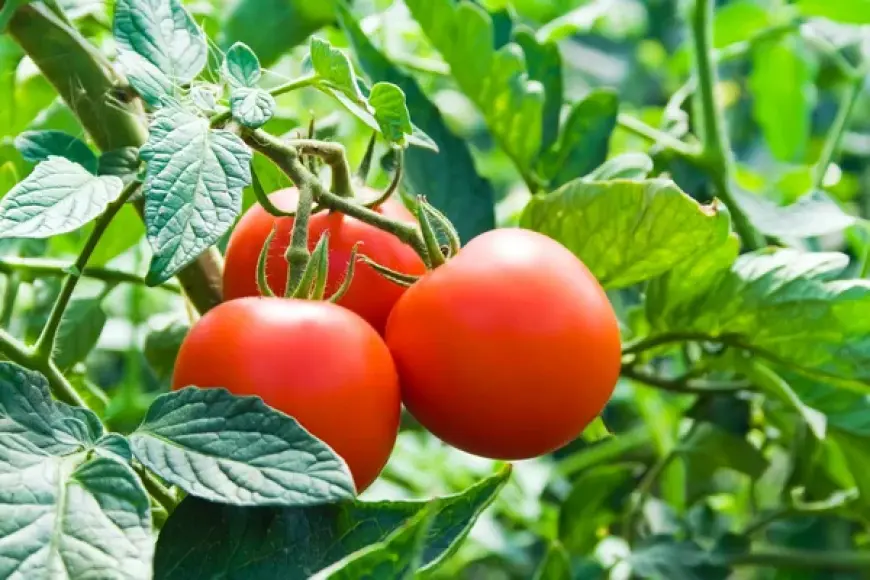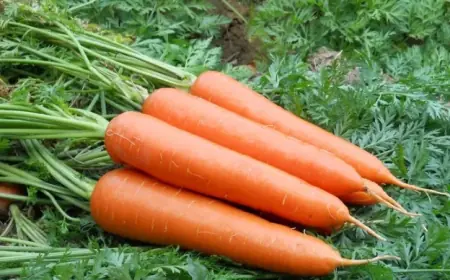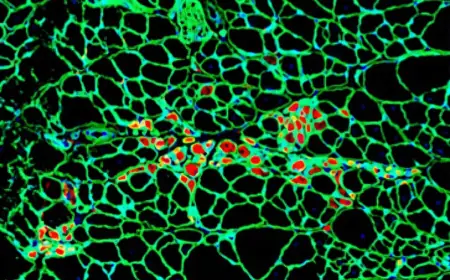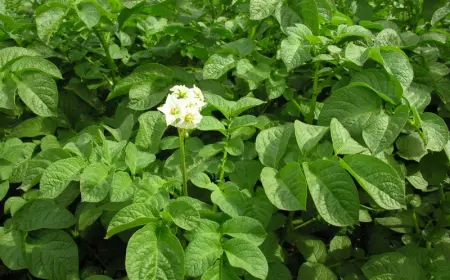Tomato: Origin, Health Benefits, and Cultivation Methods
The tomato is one of the most widely cultivated vegetables in the world. It originated in South America, particularly in present-day Peru and Ecuador. Around 2500 years ago, the Inca and Aztec civilizations began cultivating tomatoes. In the 16th century, Spanish explorers brought tomatoes to Europe, from where they spread globally. Initially, tomatoes were considered ornamental and even poisonous. Over time, people recognized their nutritional and culinary value, making them a staple vegetable worldwide.

Health Benefits of Tomatoes
a) Rich in lycopene
Lycopene is a powerful antioxidant responsible for the tomato’s red color. It helps reduce the risk of prostate, intestinal, and heart diseases.
b) Packed with vitamins
Tomatoes are rich in vitamins A, C, K, and B9 (folic acid), which strengthen the immune system, improve vision, support skin health, and aid in blood clotting.
c) Heart health support
High in potassium and fiber, tomatoes help regulate blood pressure, lower cholesterol, and promote cardiovascular health.
d) Supports digestion
Dietary fiber in tomatoes aids bowel movements and detoxification.
e) Ideal for weight loss
Low in calories and high in water content, tomatoes are an excellent addition to any diet.
Cultivation Methods
a) Growing from seeds
Seeds are sown in March–April in warm environments, 1–2 cm deep. Seedlings sprout in 7–14 days with proper watering and light.
b) Transplanting seedlings
After 25–40 days, seedlings are transplanted outdoors or into greenhouses, spaced 40–60 cm apart.
c) Fertilization and care
Tomatoes thrive with organic and mineral fertilizers rich in nitrogen, phosphorus, and potassium. Consistent watering, weeding, and soil aeration are key to healthy growth.
d) Pest and disease control
Keeping the area clean and applying treatments as needed prevents pest damage and fungal infections.
Tomatoes are not only a popular and delicious vegetable but also a powerhouse of health benefits. Their adaptability and ease of cultivation make them a vital part of diets around the world.



























